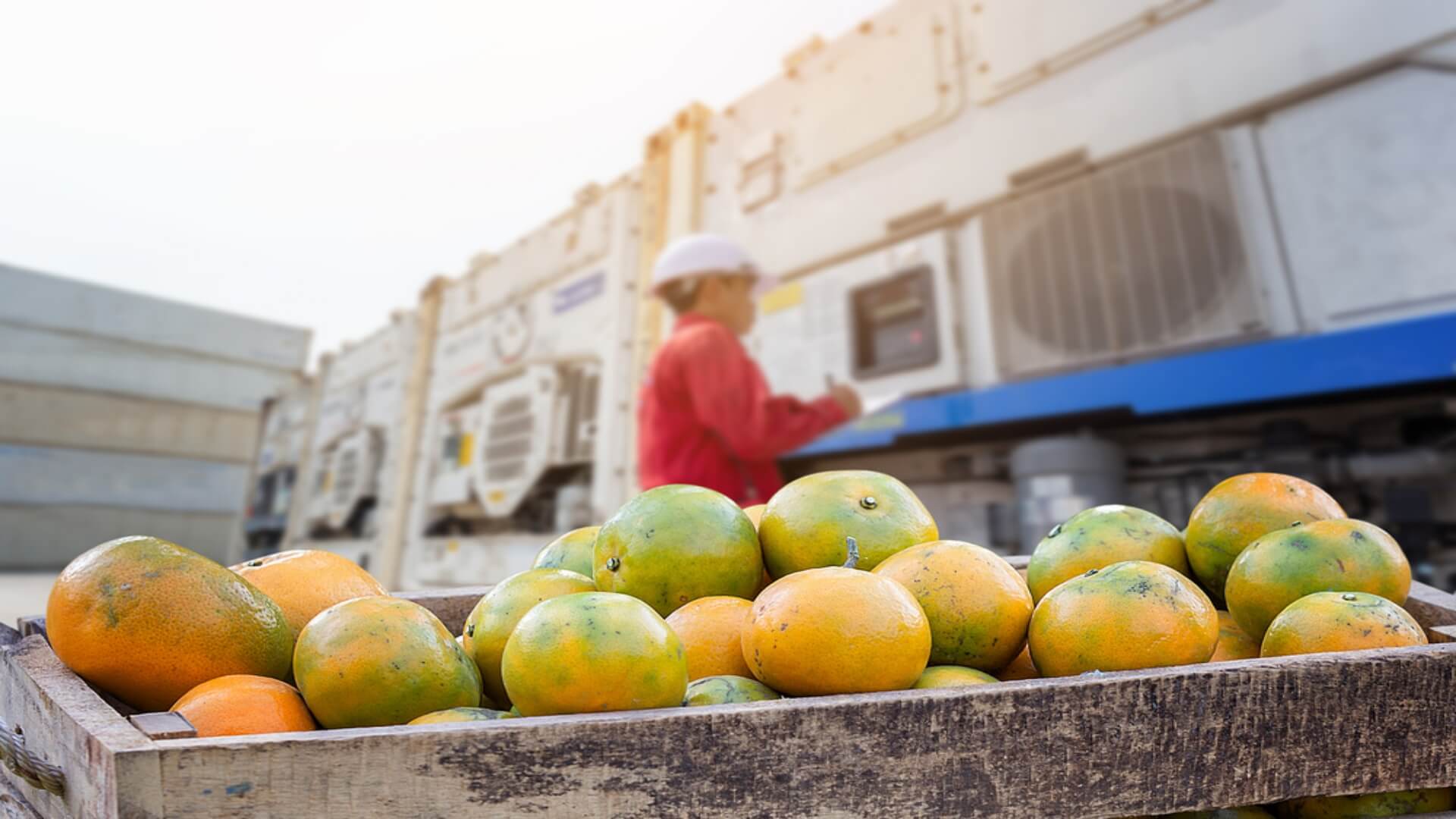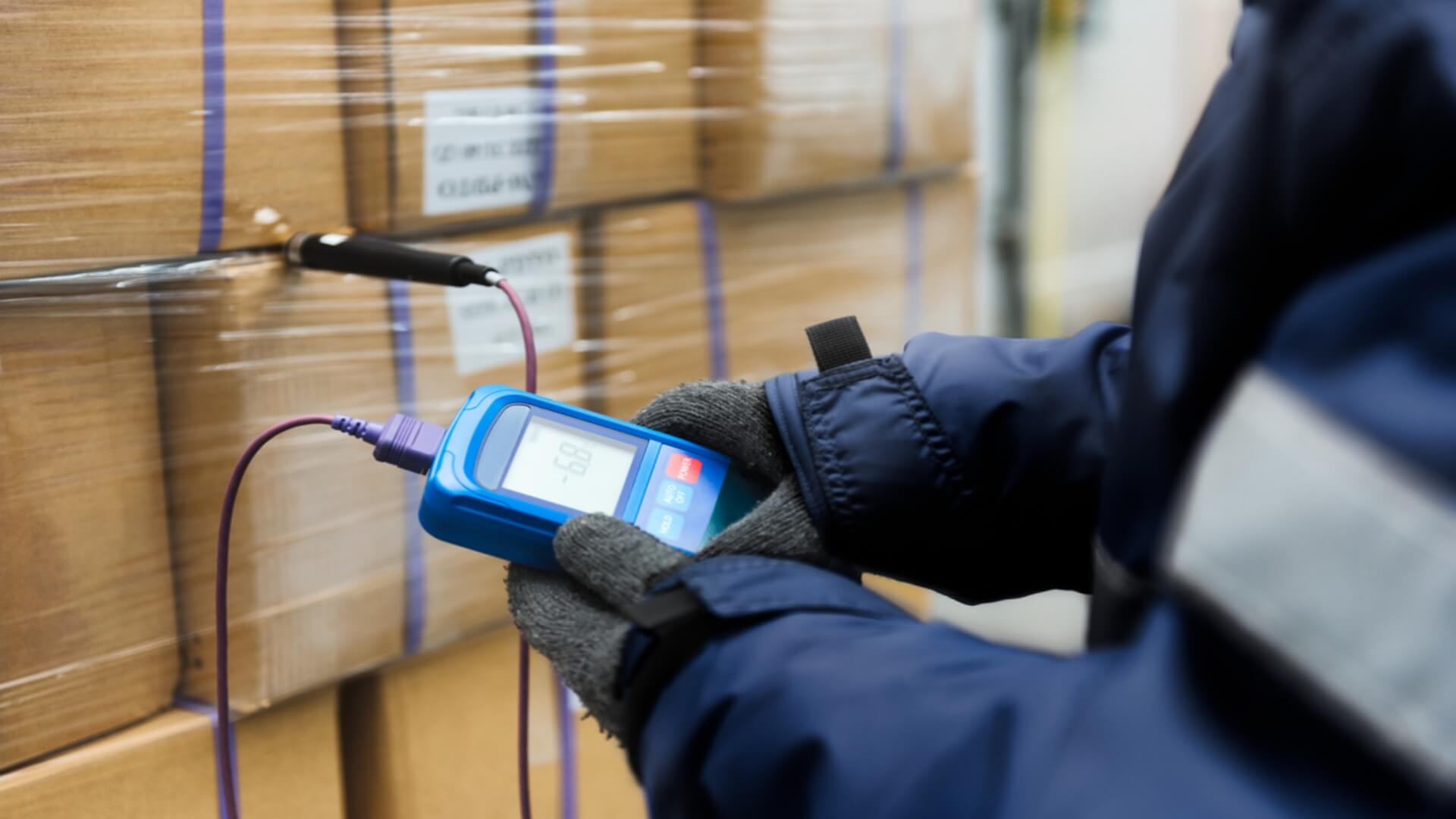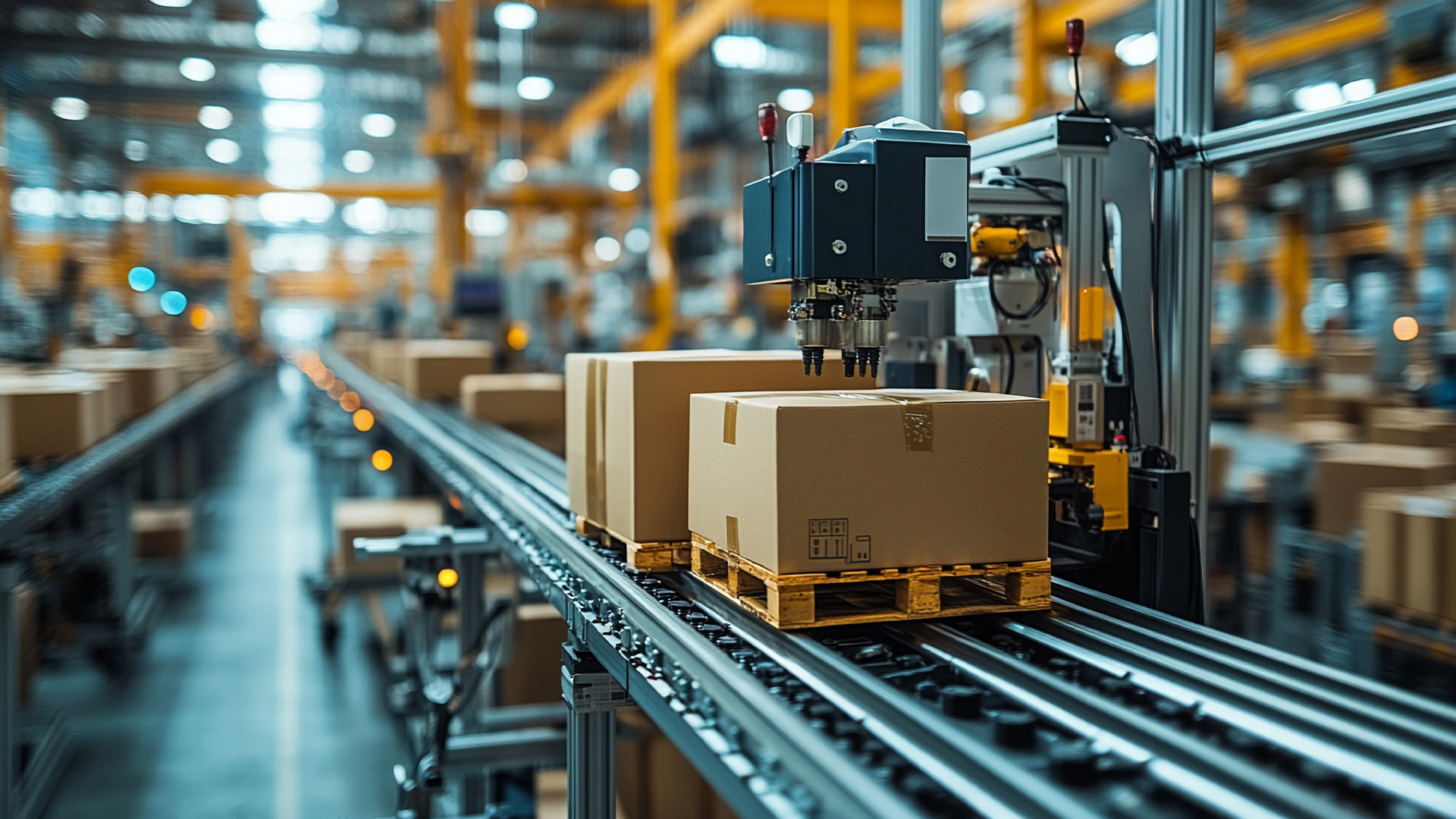The rise of e-commerce gave people many opportunities to explore the business world. Every day you see new products coming out gives more reasons for consumers to get excited about shopping online. And more so when shopping apps became very popular. You can buy almost anything and have them delivered to your doorstep in minutes, from food to toiletries, to books and even unusual stuff like a contact lens.
Even goods like frozen steaks from abroad and fresh flowers unavailable in your country can be delivered when you need them. So, you don’t have to worry if you have a special occasion like a wedding banquet when you need Wagyu steak and fresh tulips. But to ensure your guests’ safety, you must confirm from your supplier that frozen goods must be insulated to –26 C.
If you’re a business owner, you need to fulfil your promise to customers that the goods they purchased will reach them in perfect condition. This way, you can guarantee they will always return to buy again. Nothing like a damaged product can make your customers lose trust in your business. To help you out, here are some ways you can keep your items safe during transit:
1.Ensure Correct Holding Temperature
Frozen goods transported for shipping must follow the Hazard Analysis and Critical Control Points (HACCP) standard to avoid products being exposed to the TDZ or temperature danger zone. When foods get exposed to TDZ, bacteria may grow, and food can become unfit for consumption. It will result in food spoilage that can cause foodborne illnesses. And so, ensure to have safety measures and plan for risks, such as by holding the correct temperature for your products to prevent issues.
2.Use The Correct Size Of The Box
Using the correct box size is extremely important in packing goods. When a box is too big, there’s a tendency for the item inside to be shaken. And if the items are breakable, even if it’s wrapped in bubble wrap, you can be sure that they will break.
The external circumstances surrounding your goods are something you can’t control. Once it leaves your premises, you can only hope that those in charge of them will take precautions and handle your products well.
A few years back, horror stories of goods in boxes thrown haphazardly circulated online, much to the dismay of both buyers and sellers. At least when you choose the correct box and pack your products very well, even if it gets thrown repeatedly, the chances of the items inside breaking would be slim.
3.Fill The Gaps
Even if you have chosen the correct box size, an irregularly shaped item will have gaps inside the box. To remedy this, you must fill the gaps with paper fillers or polystyrene filling chips. This way, you can be sure that the item inside will remain intact, even if shaken or thrown.
4.Use Bubble Wraps
Bubble wrap is the ultimate must-have of an efficient packer. Not only are they fun to pop, but they provide excellent security to your goods. The material will effectively protect your product against impacts.
Another great thing with bubble wrap is that it’s very lightweight. It will not add to your goods’ net weight, affecting the shipping cost. It’s also very cheap to procure, making it very cost-effective. Lastly, they are available in various colours, including black, serving the dual purpose of insulating and concealing. This way, you don’t need to buy a different material for packaging.
So, take advantage of their use in your packing.
5.Use Coloured Security Wraps
It’s not uncommon to hear awful news about stolen packages or boxes opened at drop-off points. If the items you’re packing are valuable, like gadgets or pieces of jewellery, conceal them from prying eyes by using coloured security wrappers. This way, organized syndicates operating in various places would be discouraged from spending time opening a package with content unknown to them.
6.Insure Your Goods
Transporting goods, especially internationally, can be worrisome. More so if the goods are in considerable volume or high in value. It would be a great idea to insure the goods so that in case they suffer damage, the financial losses won’t be much of a burden.
7.Label Them
There are a variety of labels required in shipping a product. This aspect is vital, so whoever picks up the goods will have sufficient knowledge and information on their proper handling.
You can have labels for special instructions, to warn of danger in the product, to determine which is the right side up, and for perishables. Using the correct labels will ensure that your goods will be handled well and arrive to your clients in perfect condition.
8.Use Quality Packaging
Many business owners think twice about spending a little bit on the packaging. They don’t realize that the packaging is the first thing their customers will touch and see before they can get hold of the product. So, presentation is crucial in this aspect.
Even if you have a very expensive-looking item, but it’s packed in a terrible way, it can be a huge turn-off to your customers. Remember, recycling is great, but careful thought still needs to be applied in these instances.
Conclusion
Every business owner’s goal is for their products to reach customers as they expect them. A business’s reputation relies on the quality of the products they ship to consumers. When this is not achieved, you can expect customers to turn their back on your brand. So, as a business owner, you have a responsibility to meet this demand from your loyal customers.













